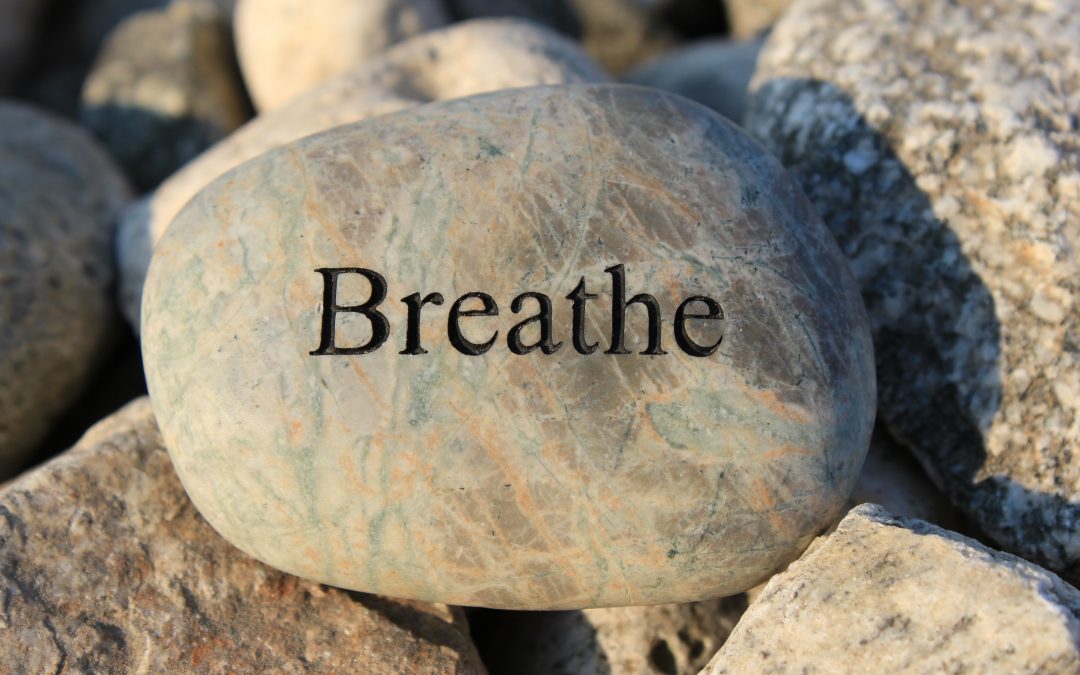A Simple Practice That Can Make A Big Difference
For therapists, taking just a moment to pause and reset throughout the day can make a real impact not only on how you feel, but in how you show up for your clients and other responsibilities.
The 3 Breath Reset is a resource I developed to help therapists feel centered, grounded, and focused. You can use it to bring your attention to the people and tasks in front of you with more mindfulness and intention while taking a moment for yourself. Getting in the habit of using it regularly can nurture your compassion resilience.
An Overview Of The 3 Breath Reset
The 3 Breath Reset video below presents a more in-depth overview of the practice, but here are the basics. To begin, settle into a comfortable position. Take three full breaths, each with a deep inhale and a long releasing exhale. Breathe and focus with non-judgment, self-compassion, open-mindedness and kindness.
As you take the first breath, notice yourself and the state of your thoughts, feelings and/or body. During the second breath, connect to resources that support you, and with the final breath bring your attention to the person or task in front of you.
Watch the video. Then come back and read more about how to use it for yourself and your clients.
Making The Practice Rich And Rewarding
You will get the most out of the 3 Breath Reset if you can draw on resources that you have built over time. These might include mindfulness or meditation experience; imagery that connects you to a sense of calm, safety or connection; breath work or other somatic practices that help you feed grounded, centered, or settled.
The 3 Breath Reset was adapted from a Sufi practice. While this version takes only three breaths, it can be expanded as much as you would like. You could take two, three, or more breaths for each section, or you could take 5, 10 or more minutes for each.
The goal of the three breath version is to have a simple and handy practice that is easy to do just about anywhere, anytime that provides a meaningful reset.
When you do a longer version, you could begin with some time for stretching or movement. You could journaling or make art to explore the three areas of focus. Get as creative as you’d like.
Use Before, During Or After Sessions, In Your Professional Or Personal Life
This practice is a lovely way to prepare yourself for sessions or transition out of sessions. You can use it in session to help you focus on the present, attend to difficult feelings, or make some space to help you attend to the clinical work.
You can use the 3 Breath Reset at work, at home, alone, when you are around others. Try it to shift gears from work to home, before meals, before bed, upon rising. Really, it’s an incredibly powerful little practice.
Using the 3 Breath Reset With Clients
You can teach the practice to your clients. You can use it in session with them – it can be a ritual to use at the beginning or end of sessions. It can also be used to refocus a session or help a client to regulate any time. You can encourage clients to try it outside of session.
Just like you, clients will benefit from developing more robust resources to draw upon for the brief three breath version.
You can help clients learn to use mindfulness to pay attention to their own experience, learn to do a body scan or a feelings check in. You can spend time working on developing body-based resources ranging from breath practices to guided imagery to learning to feel safety, calm, strength or clarity in their bodies. You can help clients learn to pay attention to other people or tasks with a sense of balance and boundaries.
When sharing practices and resources with clients, it is important to pay attention to their readiness to work with the material. Slowing down, paying attention to oneself or the body can be uncomfortable and vulnerable. It can trigger anxiety or trauma symptoms. Proceed with caution and pace the work to match the client’s receptivity and readiness. What seems like a simple, easy and fulfilling practice has the potential to be very challenging or provocative.
Give Yourself A Little Reminder
Incorporating a new routine always works better with some support. If you are interested in trying out this practice, add something concrete to help you remember to do it. Pair it with an established habit, make yourself some post-it note reminders, put an alarm on your phone, plan to do it with someone else. Set yourself up for success!
Originally published 5/24/16. Blog and video updated 2022.
I would love to help you develop resources that support you in using somatic approaches in therapy!
Join the mailing list (below), take the free mini course on integrating somatic approaches (here), or learn more about somatic clinical consultation (here) to see how it could support your work and growth as a therapist.
© 2023 Annabelle Coote
This article is intended for informational purposes only. It is not to be considered as legal, ethical, clinical, health or any other business or clinical practice advice related to your work as a therapist.

